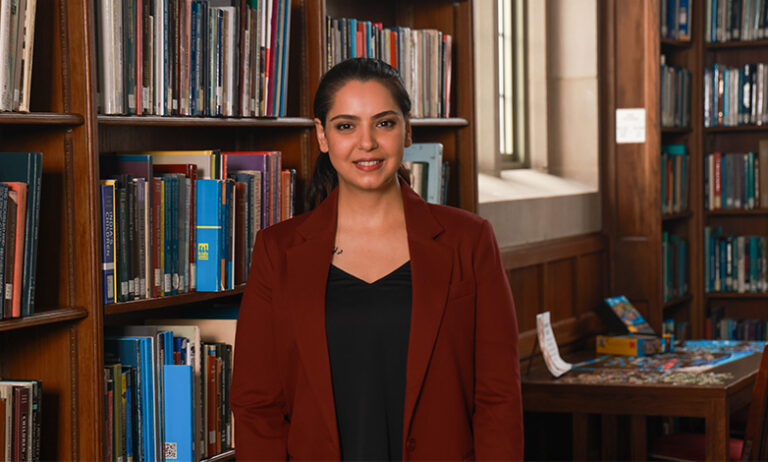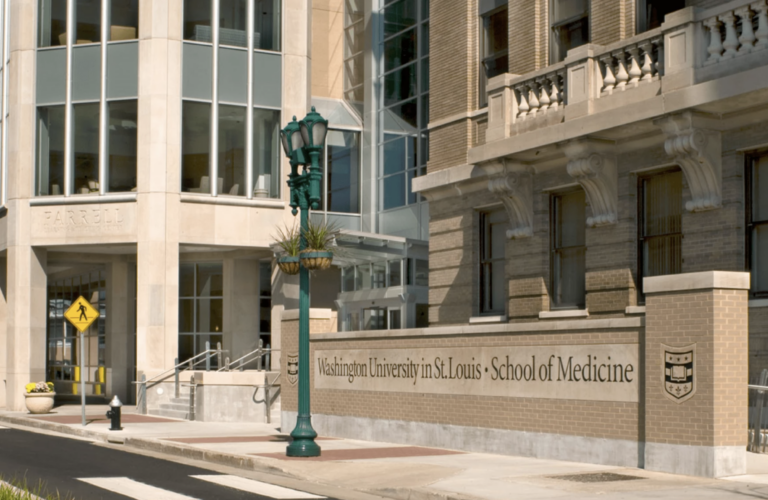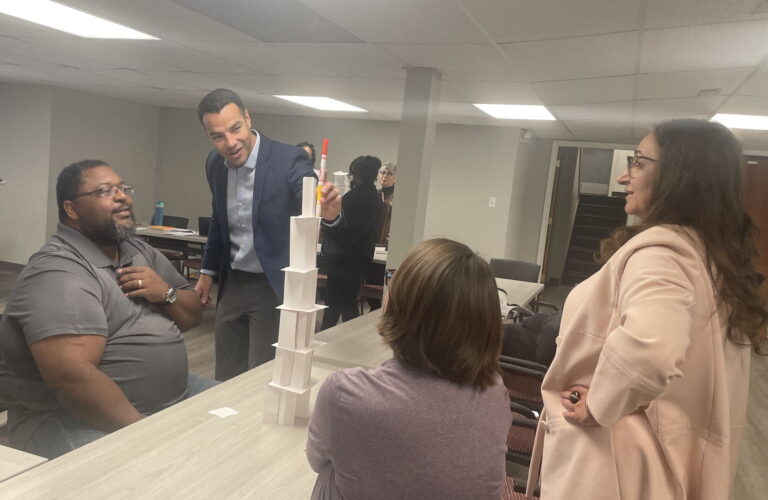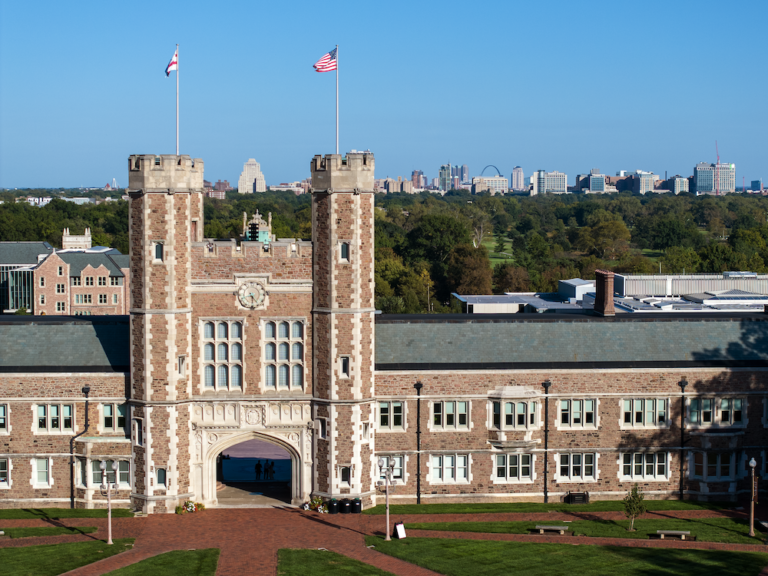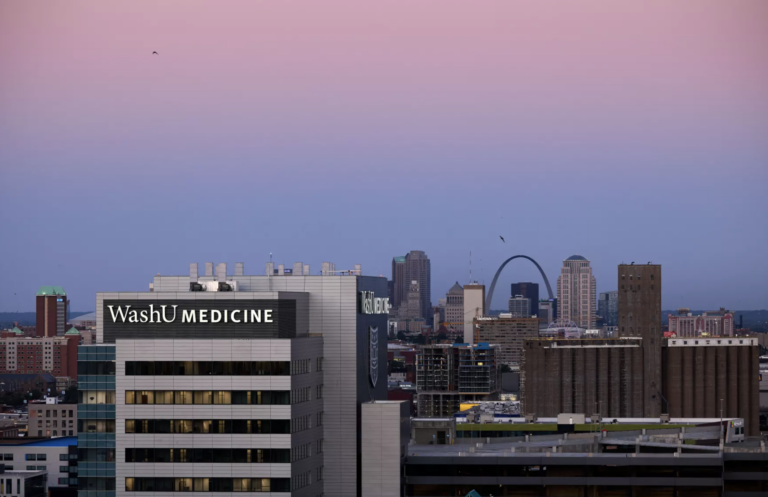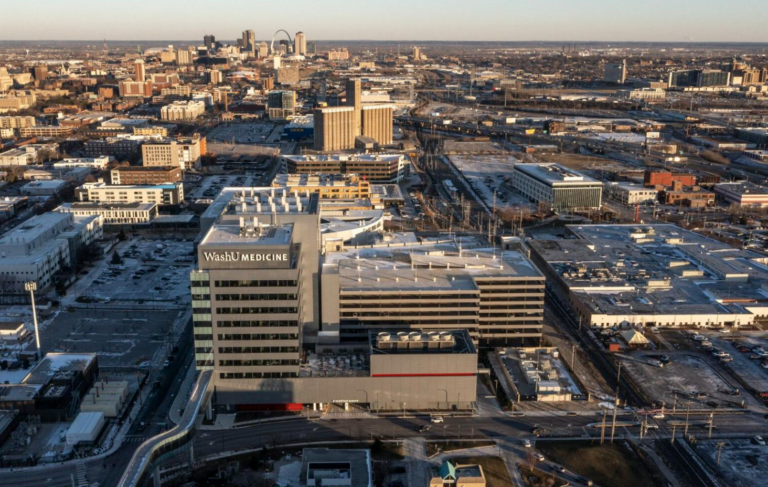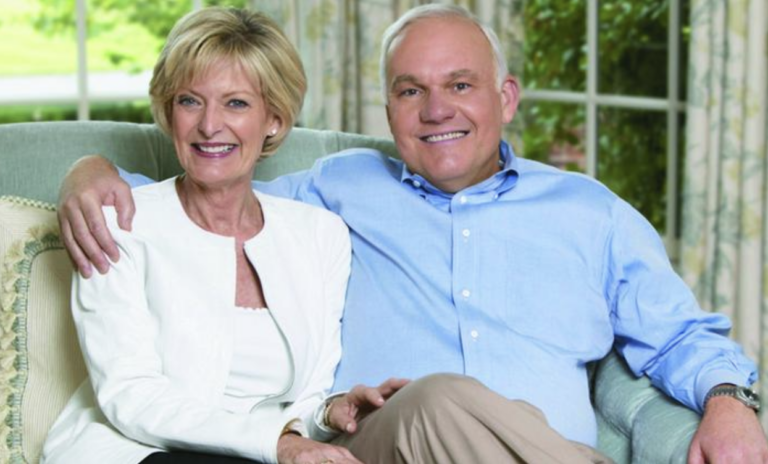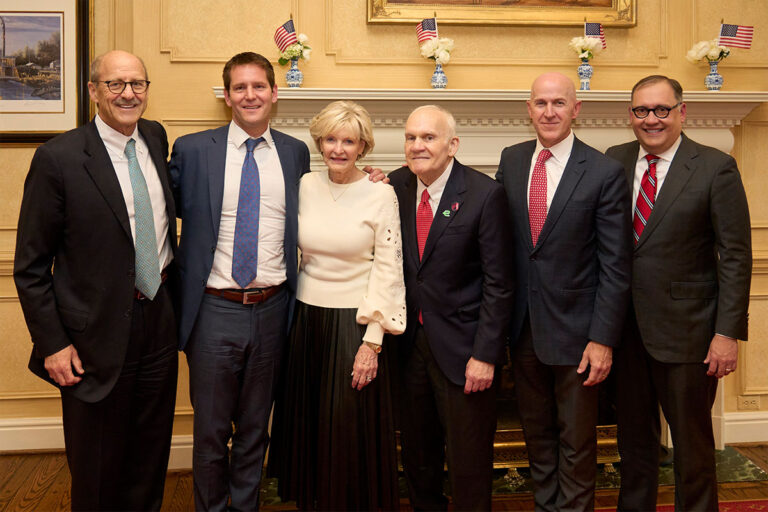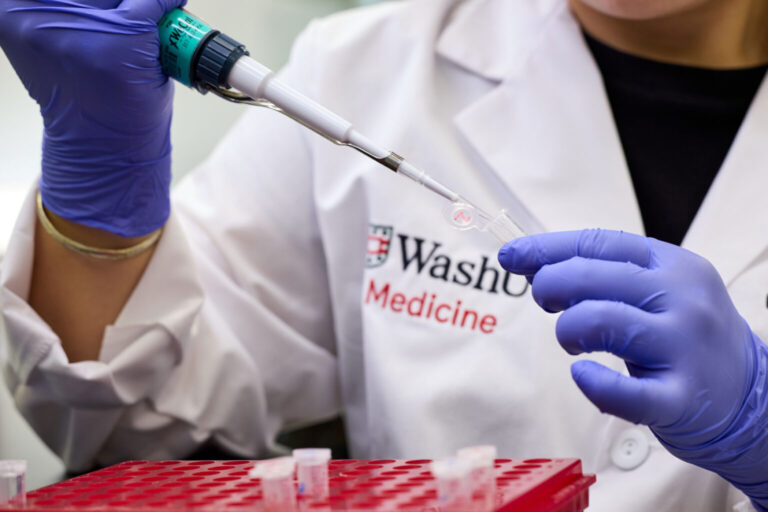Students and Partners Reflect on CityStudioSTL Fellowships
Each summer, the Sam Fox School’s Office for Socially Engaged Practice works to place students in 12-week fellowship roles with community partners through the CityStudioSTL program. The fellows and firms intentionally focus on community-driven projects in the St. Louis area, often partnering with area nonprofits to strengthen the region while providing students the opportunity to experience the city beyond WashU’s campus.
Naseh awarded grant to improve refugee health in Missouri
Mitra Naseh, an assistant professor at the Brown School, has received a three-year, $463,654 grant from the Missouri Foundation for Health to study and improve the health of refugees in Missouri. Naseh’s project, titled “Structural Barriers and Health Outcomes of New Missourians,” will focus on identifying and addressing the challenges refugees face when seeking initial assistance. The goal is to develop and test community-led solutions to improve health outcomes for newly resettled refugees across the state.
Enterprise family gives $50 million to Wash U neuroscientists
The chairman of St. Louis-based Enterprise Holdings and his wife have donated $50 million to Washington University’s neuroscience department. Andrew and Barbara Taylor gave the gift in appreciation for care he received from Wash U neurologists during a recent Illness, according to an announcement from the university.
Creating time, space for educators to deepen leadership bench on teams
Dr. Cryslynn Billingsley, Jennings Senior High and College Prep Academy Principal, is among more than 22 educators from the Jennings School District participating in The Art of Coaching Book Club, a guided set of professional learning sessions facilitated by Washington University’s Institute for School Partnership (ISP) and the Center for Education Leadership at the St. Louis Community Foundation. Based on Elena Aguilar’s book, “The Art of Coaching Teams: Building Resilient Communities That Transform Schools,” the sessions provide a safe place for shared learning on the importance of building trust, listening, and asking effective questions.
Washington University And Duke Receive $50 Million Each For Medical Initiatives
Duke University and Washington University in St. Louis have each reported receiving $50 million gifts this week in support of advanced medical care. Washington University announced on December 12 that Andrew Taylor and his wife, Barbara, had made a $50 million gift to the university’s neurosurgery department. In recognition of the gift, the department has been renamed the Taylor Family Department of Neurosurgery. The gift was made out of gratitude for the medical care Andrew Taylor recently received from neurosurgeons at Washington University. Mr. Taylor is the executive chairman of Enterprise Mobility, the global car rental and transportation company based in St.Louis.
WashU ranks No. 2 in nation for NIH funding
Washington University School of Medicine in St. Louis received $683 million in research funding from the National Institutes of Health this year, making it the second-largest recipient of the federal health funds in the nation for the second straight year. The funding comes in the same year the university opened its $616 million Jeffrey T. Fort Neuroscience Research Building, a recently completed $165 million six-floor expansion of the Steven & Susan Lipstein BJC Institute of Health at Barnes Jewish Hospital, and its new $280 million Siteman Cancer Center building on Forest Park Ave.
Enterprise’s Taylors donate $50 million to WashU School of Medicine’s neurosurgery department
Enterprise Mobility Executive Chairman Andy Taylor and his wife, Barbara Taylor, have donated $50 million to Washington University School of Medicine’s neurosurgery department, the university announced Thursday. The department rebranded late last month as the Taylor Family Department of Neurosurgery. The donation from the Taylors is aimed at recruiting and retaining top physicians and researchers to drive innovation in brain tumor studies, spinal surgery and neurotechnology. Washington University said the Taylor’s donation was inspired by Andy Taylor’s own treatment and recovery experience at the Washington University School of Medicine.
Taylors give $50M to Washington University
Enterprise Mobility Chairman Andrew Taylor and his wife, Barbara Taylor, have gifted $50 million to Washington University’s neurosurgery department, which is being renamed the Taylor Family Department of Neurosurgery. The donation will assist the department with recruiting and retaining physicians and researchers to help drive innovation in brain tumor research, spinal surgery and neurotechnology, according to a university spokesperson.
Gratitude inspires generous support for WashU Medicine’s neurosurgery department
Andrew Taylor, an emeritus trustee of Washington University in St. Louis, and his wife, Barbara, have made a $50 million gift to WashU Medicine’s neurosurgery department to enhance groundbreaking research, innovative patient care and the training of the next generation of neurosurgery leaders. In recognition of the Taylors’ generosity, the department has been named the Taylor Family Department of Neurosurgery. “This gift marks a new era in the history of innovative science and compassionate healing at WashU Medicine,” said Chancellor Andrew D. Martin. “Andrew and Barbara’s generosity is further strengthening the department’s research infrastructure and helping WashU Medicine deliver world-class, life-changing care right here in St. Louis, while also providing life-saving innovations to the world. Their investment in new discoveries and treatments will give many more families reasons to feel grateful for decades to come.”
WashU Medicine reaches all-time high in NIH funding
In a testament to the quality and national competitiveness of biomedical research at Washington University School of Medicine in St. Louis, the school secured $683 million in research funding from the National Institutes of Health (NIH) in federal fiscal year 2024 – a record high for WashU Medicine and an affirmation of its leadership in shaping the future of medicine. WashU Medicine’s NIH-funding success acts as a magnet for the brightest minds in medicine, drawing top-tier scientists, physicians and students from around the world to work and train at WashU Medicine. This influx of talent fosters collaborations with biotech and pharmaceutical companies, driving further medical advancements and spurring local and regional economic growth.

